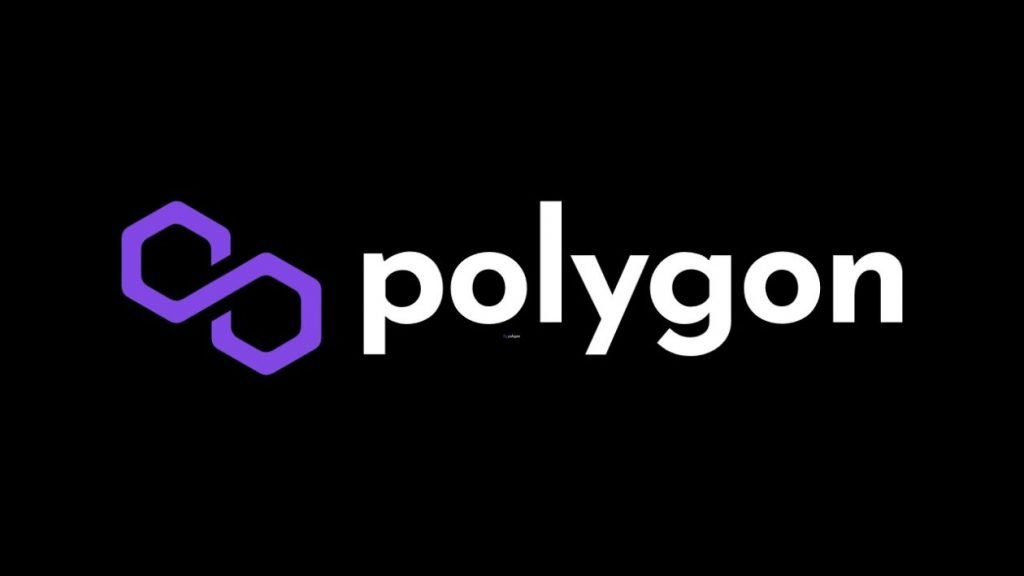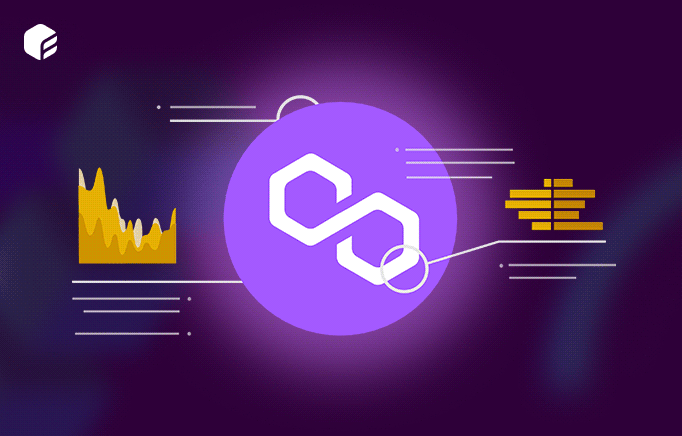🚀 Check out our podcast!
We recently launched a new podcast, the “DailyDropout.FYI Podcast”. Every started feature on DailyDropout.FYI and every web3 project featured here on WebThree.FYI will be showcased on the podcast.
Subscribe to the podcast and give us a listen. We’d love to hear what you think 😀
Polygon is a layer-2 scaling solution that allows Ethereum-based applications to make swift transactions at low fees. Its main focus is to increase the usage of DeFi applications, by connecting different blockchains together - While also leveraging Ethereum technology.
🧬 Why Polygon?
Ethereum has been quite popular over the years and has brought all types of advancements, including support for decentralized applications (dApps) and smart contracts. However, it faces 3 big challenges;
Low Throughput (Only 30 Transactions/sec)
Not User-Friendly (Expensive)
Limited Options (For developers)
But what if there’s a Blockchain technology that leverages Ethereum while also offering low transaction fees, higher throughput, and has better developers-related options? Enter Polygon, a layer-two scaling solution that tackles all the problems we’ve just mentioned. The network has its own cryptocurrency: MATIC. It’s used to pay all the transactions fees done on the Polygon network. You can also buy and sell MATIC via Coinbase or exchange with other cryptocurrencies.
📊 The Stats
Token: MATIC
Market Cap: $10.5B
Website: https://polygon.technology/
Creators: Anurag Arjun, Sandeep Nailwal, Jaynti Kanani, Mihailo Bjelic
Traction: 7000+ No. of dApps, 3M+ daily transactions, 130M+ unique users, 3.4B+ transactions since inception, 52K+ contract creators, 100 Active validators, and 7+ complete suite Ethereum-scaling solutions.
⚙️ How it works?
Driven by proof-of-stake protocol and layer-two scaling solution, Polygon serves as a commit chain to the main network. If you don’t know how a commit chain works, it’s a transaction solution that works closely with the Ethereum network. The commit chain Polygon process contains a cluster of data, also referred to as transactions, before sending it to the main Ethereum chain.
To secure the network and create a new MATIC, it uses a proof-of-stake mechanism - that is one way to earn via staking.
Validators - They do the heavy lifting, verify the new transactions, and add them to the blockchain. As a token of this, they receive a small portion of MATIC. Becoming a validator requires you to run a full-time node and staking your own MATIC.
Delegators - They stake their MATIC via a trusted validator. It requires deep research as all your investment depends on the validator you pick. If there’s any error or your network act maliciously, you could lose your staked MATIC.
🤝 How to Join?
To try the network, you need to send some crypto to a compatible wallet like Coinbase. You can then bridge your stablecoins to the polygon network.
You also need to bridge some MATIC to make the transactions.
You can also try yield-generating lending, decentralized exchanges like SushiSwap or QuickSwap, and saving protocols like OpenSea, NFT markets, and Aave.




